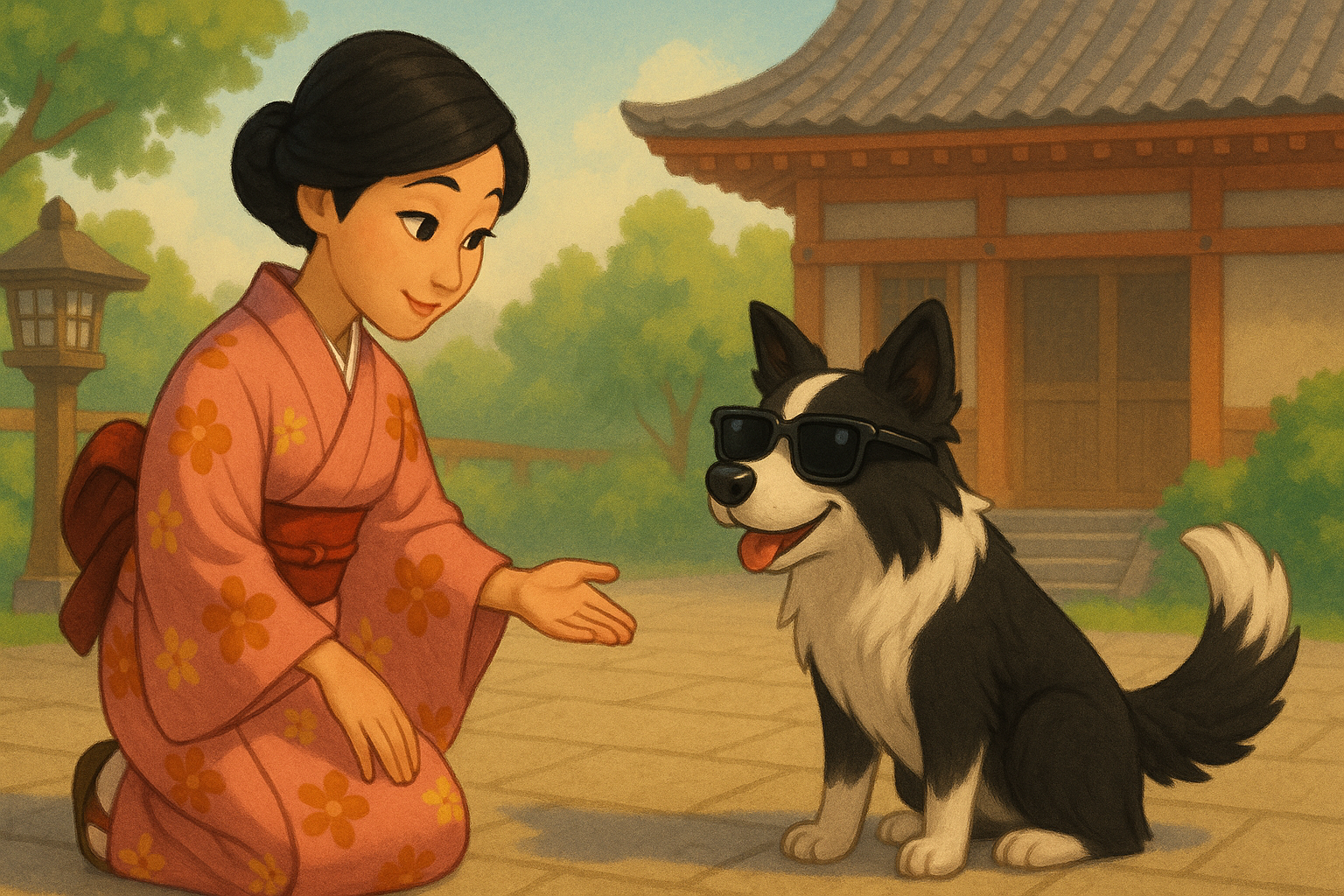Picture this: you’re walking through the historic streets of Kyoto when you spot someone gliding by in a gorgeous kimono, every fold perfectly placed, colors harmonizing like a piece of wearable art. Your first thought might be, “Wow, that’s beautiful!” But what you’re actually witnessing is so much more than just stunning fashion – you’re seeing centuries of culture, tradition, and meaning wrapped up in silk.
Kimono aren’t just pretty clothes. They’re like walking storybooks, each one telling tales about seasons, social status, personal milestones, and deeply held cultural values. Ready to dive into this fascinating world?
What’s in a Name?
Let’s start with the basics. “Kimono” literally means “thing to wear” in Japanese – pretty straightforward, right? But don’t let that simple translation fool you. What we call kimono today specifically refers to the traditional T-shaped robe that’s become synonymous with Japanese culture worldwide.
Interestingly, up until the mid-19th century, pretty much everyone in Japan wore kimono daily. It was just… clothes. The Western-style clothing we see everywhere in modern Japan? That’s actually the newcomer.
The Language of Colors and Patterns
Here’s where things get really cool. Kimono are basically a complex visual language, and once you know how to “read” them, you’ll see so much more than just fabric.
Seasonal Storytelling: Japanese culture has an incredibly refined sense of seasonality, and kimono reflect this beautifully. Cherry blossoms in spring, flowing water patterns in summer, maple leaves in autumn, and pine or plum motifs in winter. Wearing the wrong season’s pattern would be like showing up to a beach party in a snowsuit – technically possible, but you’d definitely get some looks.
Color Codes: Colors aren’t just aesthetic choices; they carry meaning. Deep purples and rich blues traditionally indicated higher social status (expensive dyes!), while certain shades were literally reserved for the imperial family. Red often symbolizes protection and happiness, which is why you’ll see it prominently in wedding kimono and children’s festival clothing.
Age-Appropriate Artistry: The patterns and colors also “age” with the wearer. Young, unmarried women might wear vibrant colors with bold, large patterns and those distinctive long sleeves (called furisode). Married women traditionally opt for more subdued colors and smaller patterns. It’s like a visual timeline of life stages.
Special Occasion Superstars
While you might see the occasional kimono on Tokyo streets today, they really shine during special occasions:
Weddings: Bridal kimono are absolutely spectacular. The shiromuku (white kimono) represents purity and the bride’s willingness to be “dyed” in her new family’s colors. The colorful uchikake worn over it can be embroidered with cranes (longevity), pine trees (endurance), and other auspicious symbols.
Coming of Age Day: Every January, 20-year-olds celebrate becoming adults, and young women often wear their most elaborate furisode. It’s like prom, graduation, and a cultural rite of passage all rolled into one kimono-wearing celebration.
Festivals and Ceremonies: From tea ceremonies to traditional festivals, kimono help mark the significance of the moment. Even the way you tie your obi (sash) can indicate whether you’re attending a formal or casual event.
The Art of Getting Dressed
Putting on a kimono properly is an art form that can take years to master. We’re talking about multiple layers, specific folding techniques, and accessories that all have their proper place and purpose. The obi alone can be tied in dozens of different ways, each with its own name and appropriate occasion.
There are actually certified professionals called “kimono consultants” who help people dress for important events. It’s like having a personal stylist, historian, and cultural guide all in one.
Modern Kimono Reality
Now, before you start thinking everyone in Japan walks around in kimono daily (a surprisingly common misconception!), let’s talk about the modern reality. Most Japanese people own maybe one or two kimono for special occasions, if any at all. They’re expensive, require special care, and honestly, they’re not the most practical choice for riding the Tokyo subway or grabbing a quick coffee.
But here’s what’s really interesting: there’s been a growing movement of young Japanese people rediscovering kimono culture. They’re finding ways to incorporate traditional elements into modern life, sometimes mixing kimono pieces with contemporary fashion or wearing vintage kimono in casual settings.
What This Means for You as a Visitor
When you see someone wearing a kimono in Japan, you’re witnessing something pretty special. It might be someone celebrating a milestone, participating in a cultural event, or simply choosing to connect with their heritage in a meaningful way.
If you’re interested in trying on a kimono yourself, many shops in tourist areas offer rental services. It’s a fun experience, but remember that you’re participating in something with deep cultural significance. Approach it with respect and appreciation rather than just treating it as a costume.
The Deeper Message
What makes kimono truly fascinating isn’t just their beauty – it’s how they represent a completely different relationship with clothing and identity. In a world of fast fashion and disposable trends, kimono represent the opposite philosophy: clothes as art, clothes as storytelling, clothes as a connection to culture and community.
Each kimono is designed to last generations, often passed down from mother to daughter, carrying family history in its threads. They’re made to be repaired, altered, and treasured rather than discarded when fashions change.
Beyond the Tourist Photos
So next time you see a kimono – whether in person in Japan or in photos online – take a moment to appreciate the layers of meaning woven into those gorgeous fabrics. You’re not just looking at a pretty outfit; you’re seeing centuries of artistic tradition, cultural values, and personal expression all wrapped up in one incredible garment.
The kimono reminds us that clothing can be so much more than just covering our bodies or following trends. It can be a form of art, a connection to history, and a way of honoring the moments that matter most in our lives. Now that’s what I call meaningful fashion.
And who knows? Maybe it’ll inspire you to think a little differently about your own wardrobe and what stories your clothes are telling about you.



